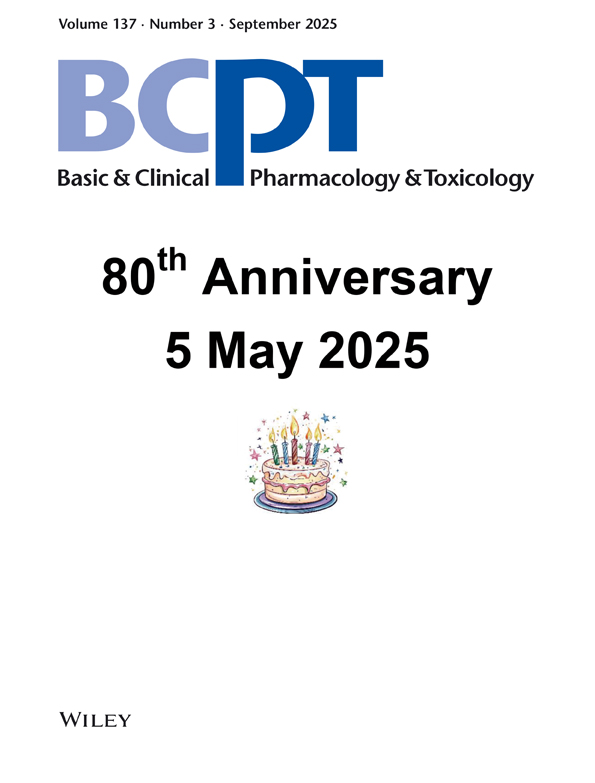Involvement of a Glutamatergic Mechanism in δ-Dendrotoxin-Induced Hippocampal Neuronal Cell Loss in the Rat
Abstract
Abstract: The epileptogenic and neurodegenerative effects of δ-dendrotoxin, from Dendroaspis angusticeps, a specific blocker of a non-inactivating, voltage-sensitive K+ channel, were studied after focal injection into one dorsal hippocampus in rats pretreated with CGP040116, a N-methyl-D-aspartate (NMDA) receptor antagonist, and in rats bearing a monolateral surgical lesion of the Schaffer collaterals whose terminals originate from CA3 pyramids and release glutamate in the CA1 hippocampal area. Administration of 35 pmol δ-dendrotoxin elicited in all of the treated animals (n=8) bilateral EEG discharges and damage to the hippocampal formation. Quantitation of the damage revealed significant bilateral neuronal cell loss in the CA1, CA3 and CA4 pyramidal cell layers. The lowest dose (0.35 pmol; n=4) of the toxin used did not affect EEG activity and failed to cause significant hippocampal cell loss whereas the 3.5 pmol (n=6) dose caused EEG seizures and hippocampal cell loss limited to the CA1 area. Systemic intraperitoneal administration of CGP040116 (5 mg/kg given 30 min. previously) delayed the onset of EEG seizures and reduced the number of epileptogenic discharges typically observed in rats receiving an injection of δ-dendrotoxin (35 pmol) alone. Similarly, this treatment prevented the damage inflicted to the hippocampus by the toxin and in no instance was significant neuronal loss observed. Protection against seizures and hippocampal damage was also observed by a monolateral surgical lesion to the Schaffer collaterals. In conclusion, the present data suggest that an excitotoxic, glutamate-mediated, type of mechanism underlies seizures and hippocampal damage induced by δ-dendrotoxin in rats.




